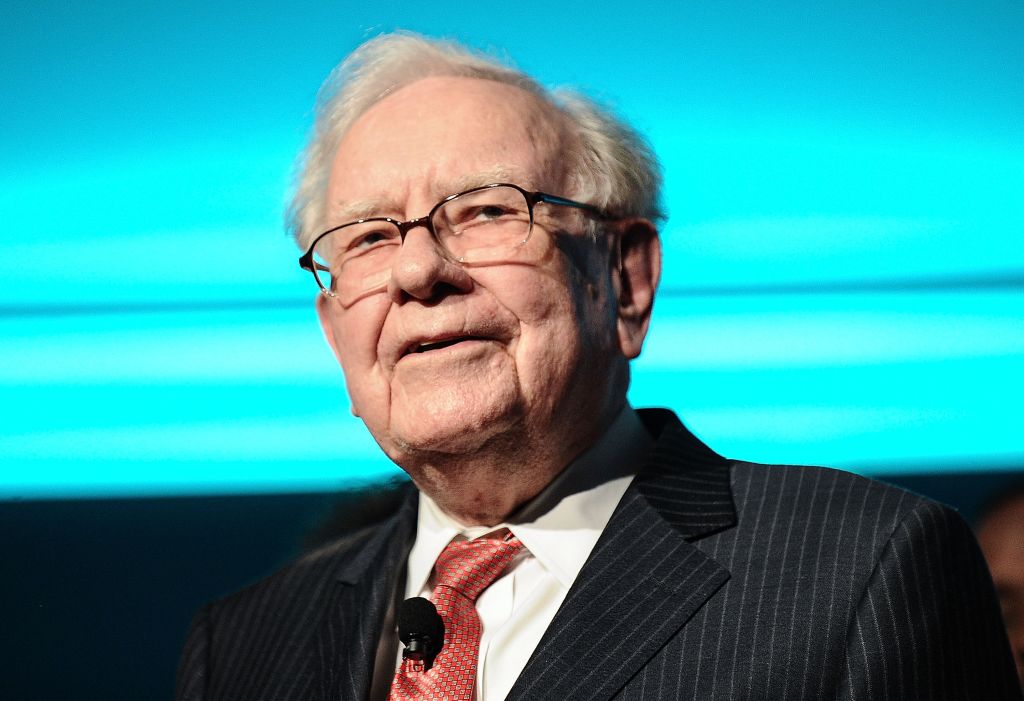Should You Bank On BankRate's Stock?
Analysts say the outlook is promising for the online publisher of consumer finance information.

Interest rates are big business for BankRate (symbol RATE), which has sold data on mortgage, credit card and certificate of deposit accounts for the past 36 years. Now analysts say that the company, which went public for a second time last year, might be a business worth investing in. “It is the category killer in online personal finance,” says Carter Malloy, senior vice-president of stock research at Stephens Inc., a Little Rock, Ark., investment firm. “I like the management team; I like the growth. I like the stock.”
BankRate, launched in the 1970s to provide interest information to print publications, is something of an Internet pioneer. It moved its business to the Web in the 1990s, when providing online financial advice was still a novelty.
Over the course of the next two decades, it vastly expanded from its relatively narrow bank interest-rate roots to compiling information about more than 300 financial products from 4,800 financial institutions, including banks, insurers and student lenders. It now generates 172,000 different charts and aggregates 3 million pieces of information daily. It also provides advice and calculators to help make decisions on everything from retirement to refinancing through dozens of proprietary and partner-owned sites. And it partners with many financial websites, including Kiplinger.com, to provide interest rate information to visitors and to market credit cards and other loan products.
From just $107.88 $24.99 for Kiplinger Personal Finance
Become a smarter, better informed investor. Subscribe from just $107.88 $24.99, plus get up to 4 Special Issues

Sign up for Kiplinger’s Free Newsletters
Profit and prosper with the best of expert advice on investing, taxes, retirement, personal finance and more - straight to your e-mail.
Profit and prosper with the best of expert advice - straight to your e-mail.
But the fast-evolving world of online commerce can create dicey investment economics, which is a lesson BankRate has learned well. The company went public the first time in the late 1990s, then went private in 2009 in a leveraged buyout. It went public a second time last year at $15 a share, and its share price quickly ran up to $25, largely because of soaring revenues. The company generated sales of $424 million in 2011, nearly double the previous year’s figure of $220 million. Although the company’s operations were profitable, BankRate posted a loss of $13 million, or 14 cents per share, because of costs associated with going public.
Last fall, shortly after the second public offering, analysts were forecasting nothing but roses for the North Palm Beach, Fla., company. On average, they called for BankRate to earn 19 cents per share in the first quarter and 83 cents for the full year. But as it became increasingly clear that the company would fall short of expectations, the stock began to edge down. On May 2, it plunged 15%, to $20.19, after BankRate announced first-quarter profits of $10.2 million, or 10 cents a share, up from $5.1 million, or 6 cents a share, in the same quarter of 2011. The stock closed at $17.15 on July 11, giving it a market capitalization of $1.7 billion.
After subtracting one-time items, the earnings missed the average of analysts’ estimates by all of one penny a share. Canaccord Genuity analyst Michael Graham says that second-quarter earnings, due out July 31, may come up short of forecasts because of investments BankRate is making on its insurance sites, which he thinks will prove a significant contributor to future growth. But Graham predicts that second-half results will be much stronger, and he likes the company’s long-term prospects. He rates the stock a buy and expects it to hit $25 within a year – an increase of 44% from today’s level.
Malloy is even more optimistic, believing the shares will sell for $28 in a year. He rates BankRate “overweight” (Stephens’s top ranking).
Kathy Kristof is a contributing editor to Kiplinger’s Personal Finance and author of the book Investing 101. Follow her on Twitter. Or email her at practicalinvesting@kiplinger.com.
Kiplinger's Investing for Income will help you maximize your cash yield under any economic conditions. Download the premier issue for free.
Profit and prosper with the best of Kiplinger's advice on investing, taxes, retirement, personal finance and much more. Delivered daily. Enter your email in the box and click Sign Me Up.

-
 Gold and Silver Shine as Stocks Chop: Stock Market Today
Gold and Silver Shine as Stocks Chop: Stock Market TodayStocks struggled in Friday's low-volume session, but the losses weren't enough to put the Santa Claus Rally at risk.
-
 Don't Wait Until January: Your Year-End Health Checklist to Kickstart 2026
Don't Wait Until January: Your Year-End Health Checklist to Kickstart 2026Skip the fleeting resolutions and start the new year with a proactive plan to optimize your longevity, cognitive health, and social vitality.
-
 Premium Rewards Cards: More Perks, Higher Fees
Premium Rewards Cards: More Perks, Higher FeesSome issuers are hiking the annual fee on their flagship luxury credit cards by hundreds of dollars. Are they still worth using?
-
 If You'd Put $1,000 Into Coca-Cola Stock 20 Years Ago, Here's What You'd Have Today
If You'd Put $1,000 Into Coca-Cola Stock 20 Years Ago, Here's What You'd Have TodayEven with its reliable dividend growth and generous stock buybacks, Coca-Cola has underperformed the broad market in the long term.
-
 If You Put $1,000 into Qualcomm Stock 20 Years Ago, Here's What You Would Have Today
If You Put $1,000 into Qualcomm Stock 20 Years Ago, Here's What You Would Have TodayQualcomm stock has been a big disappointment for truly long-term investors.
-
 If You'd Put $1,000 Into Home Depot Stock 20 Years Ago, Here's What You'd Have Today
If You'd Put $1,000 Into Home Depot Stock 20 Years Ago, Here's What You'd Have TodayHome Depot stock has been a buy-and-hold banger for truly long-term investors.
-
 If You'd Put $1,000 Into Bank of America Stock 20 Years Ago, Here's What You'd Have Today
If You'd Put $1,000 Into Bank of America Stock 20 Years Ago, Here's What You'd Have TodayBank of America stock has been a massive buy-and-hold bust.
-

 If You'd Put $1,000 Into Oracle Stock 20 Years Ago, Here's What You'd Have Today
If You'd Put $1,000 Into Oracle Stock 20 Years Ago, Here's What You'd Have TodayORCL Oracle stock has been an outstanding buy-and-hold bet for decades.
-
 If You'd Put $1,000 Into Sherwin-Williams Stock 20 Years Ago, Here's What You'd Have Today
If You'd Put $1,000 Into Sherwin-Williams Stock 20 Years Ago, Here's What You'd Have TodaySherwin-Williams stock has clobbered the broader market by a wide margin for a long time.
-
 If You'd Put $1,000 Into UnitedHealth Group Stock 20 Years Ago, Here's What You'd Have Today
If You'd Put $1,000 Into UnitedHealth Group Stock 20 Years Ago, Here's What You'd Have TodayUNH stock was a massive market beater for ages — until it wasn't.
-
 If You'd Put $1,000 Into Berkshire Hathaway Stock 20 Years Ago, Here's What You'd Have Today
If You'd Put $1,000 Into Berkshire Hathaway Stock 20 Years Ago, Here's What You'd Have TodayBerkshire Hathaway is a long-time market beater, but the easy money in BRK.B has already been made.